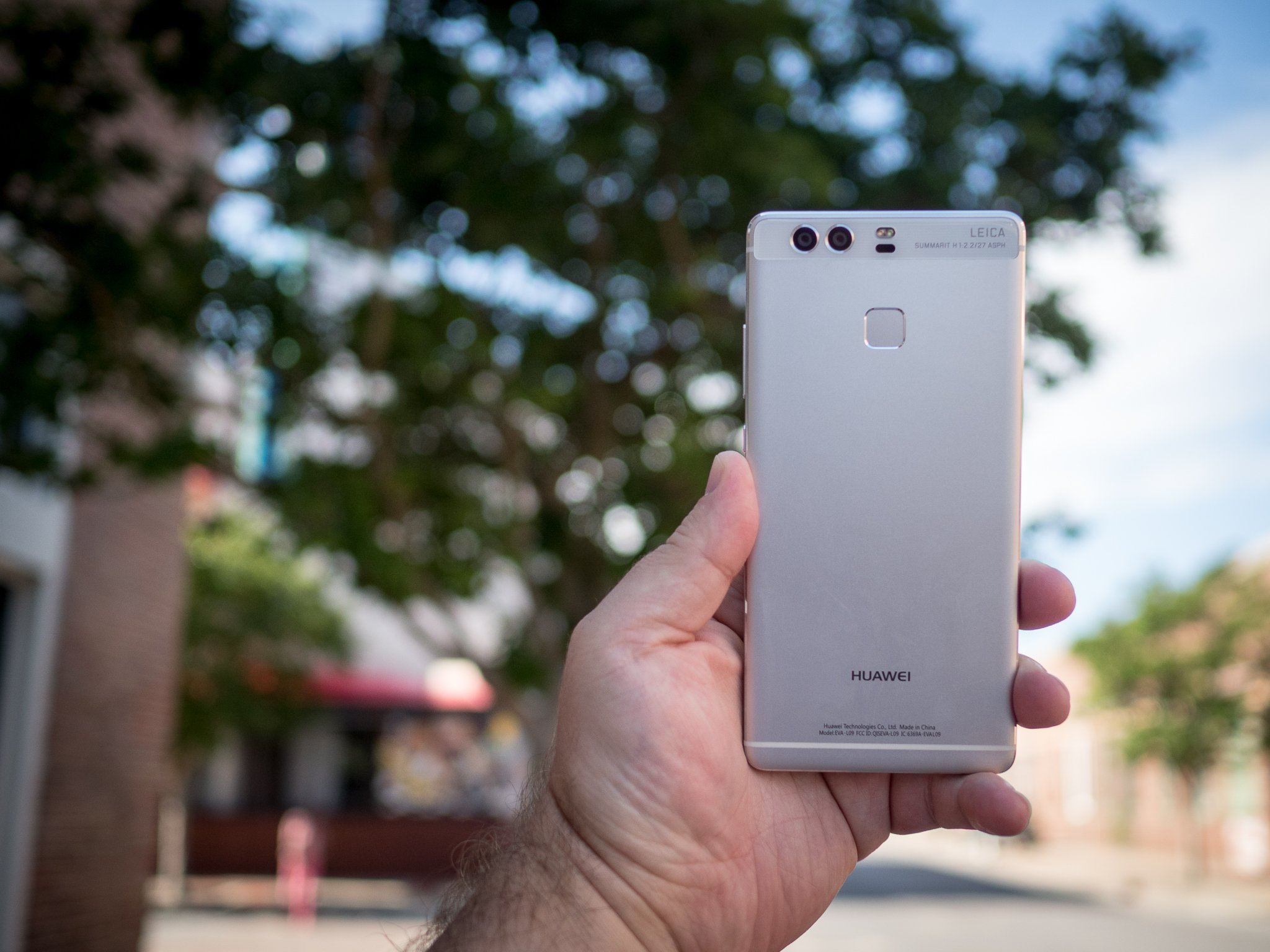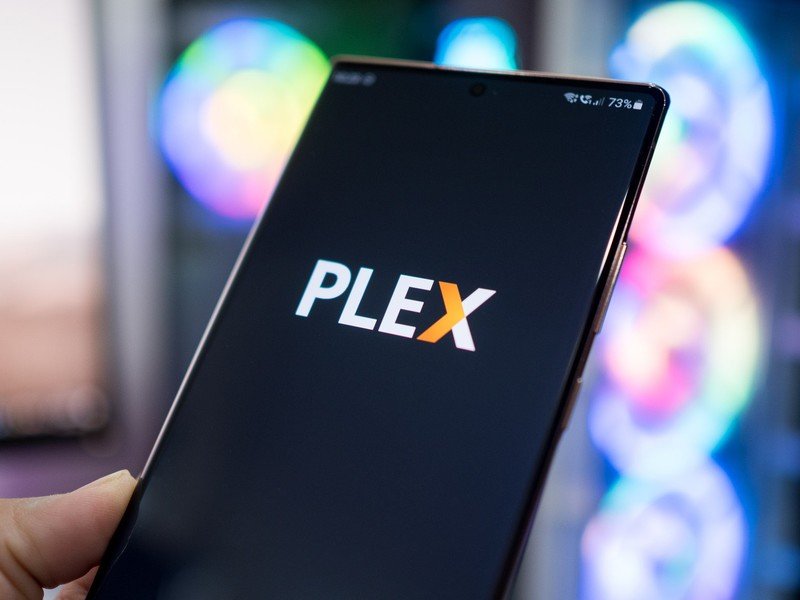The quick take
Huawei's newest flagship phone — the P9 — isn't the most inspired design you've ever seen. It's sort of your basic smartphone. But this is the best iteration of its EMUI software yet, full of features you might want in a third-party launcher. Huawei's Kirin 955 processor sings, and Huawei's new dual-camera setup works very well.
The Good
- Much-improved software
- Excellent camera and fingerprint sensor
- Slim, with a great display
- Good battery life
The Bad
- Pricey, starting at €599
- Sheer amount of features is overwhelming
- Annoying power management alerts
- Occasional software lag
From China, with love
Huawei P9 Full review
Ask anyone of us who have used the Huawei P9 what we think, and we'll quickly tell you that it's the least broken of Huawei's phones that we've used. And while that's accurate — it's not really fair. There's a whole lot going on with this phone from a company that — let's face face it — non-nerds in North America haven't heard a whole lot about.
Huawei has made some really good (if not necessarily inspiring) hardware for some time now. The Nexus 6P. The Mate series. Its Honor sub-brand. It helped spread good fingerprint sensors to the whole of Android. It's had above-average cameras for a while now. The anchor dragging it down has always been its EMUI software — its iOS-inspired user interface.
That had as much to to with how EMUI was implemented as it did the fact that it's simply different than what most of us on Android are used to. No app drawer. A different sort of notification drawer and quick-settings scheme. And in the process of changing all that, things were broken — particularly when Huawei's phones were sold outside China and Google's services were added back in.
In fact, we need to change "least broken" to "really good." Pretty much all of the showstopping bugs we'd experienced before have been fixed. Even the still-niche Android Auto works out of the box — something we can't say for some of the major phones being sold in the U.S.
That's not to say this is a perfect phone, or maybe even the best Huawei has done. But it's probably the most complete thought from the Chinese manufacturer.
This, then, is our full Huawei P9 review.
Press play
Huawei P9 Video review
The little things
About this review
We've been using the Huawei P9 (EVA-L09) exclusively for more than two weeks. This is the lesser spec'd of the two P9 options, with 32GB of storage and 3GB of RAM, as provided to us by Huawei. It's running Android 6.0 Marshmallow, with EMUI 4.1.
Immediately before publishing this review we received the "B135" update. The changelog doesn't appear to address any issues we had during our review time, but we'll update should we see something new.
We had the P9 connected to an LG Watch Urbane for the entirety of this review.
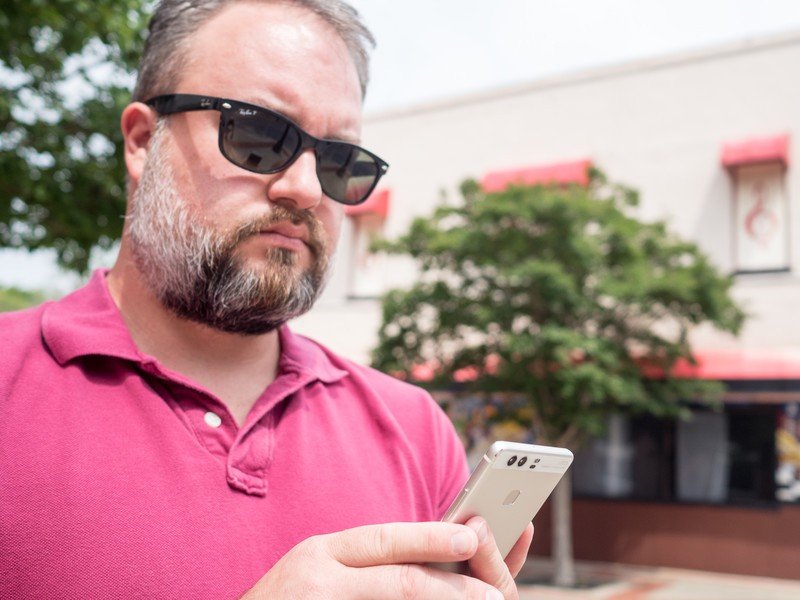
It's a smartphone
Huawei P9 Hardware
You can say this about Huawei: It's among the more consistent manufacturers when it comes to its industrial design. You can read that as "boring" if you want. But if you're looking for a solid, basic sort of smartphone, Huawei does this very well. (And has for a while.)
A well-built, if not overly inspiring design.
There's nothing particularly exciting about the design — it's your standard smartphone slab, with nicely milled aluminum. It's pretty light at 144 grams and comes in at just under 7 millimeters in thickness — surprisingly thin for something with as big a battery as the P9 has.
Metal and glass. Glass and metal. Fingerprint reader on the back, buttons where you'd expect to find them on the side. It's all in a really good size with a 5.2-inch screen. No too big, not too small. That display is excellent outdoors and in my eyes is better than what you get on the LG G5 or HTC 10, by far, with none of the polarization issues when wearing sunglasses. The top and bottom bezels maybe feel al little big, but some of that is the contrast in color between the colored metal and black screen.
The headphone jack's on the bottom, along with the single speaker. It's surprisingly loud, but it's still just a single smartphone speaker, so you're not going to get much bass out of it. But it's fine for casual music playback and calls.
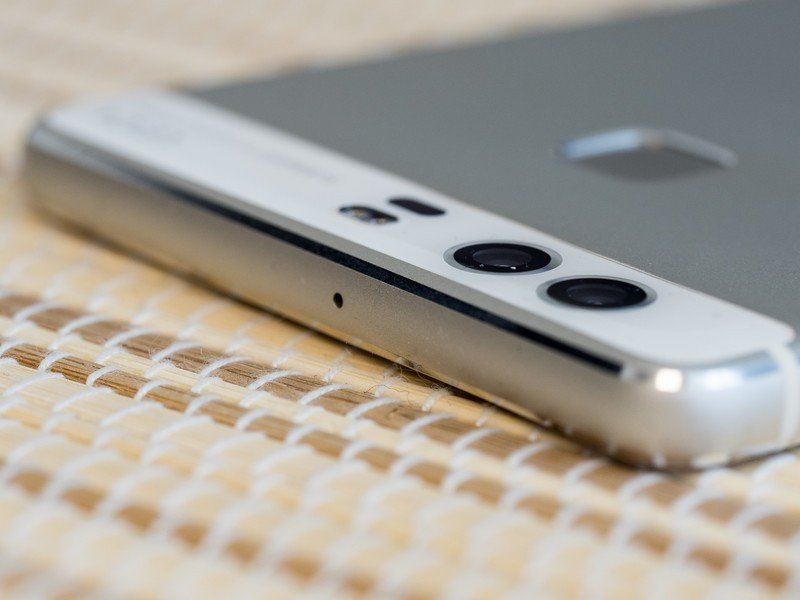
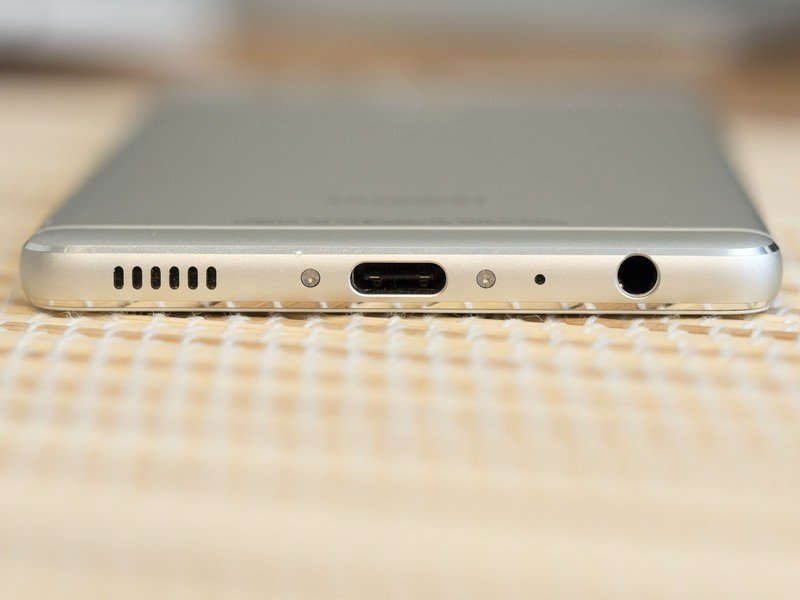
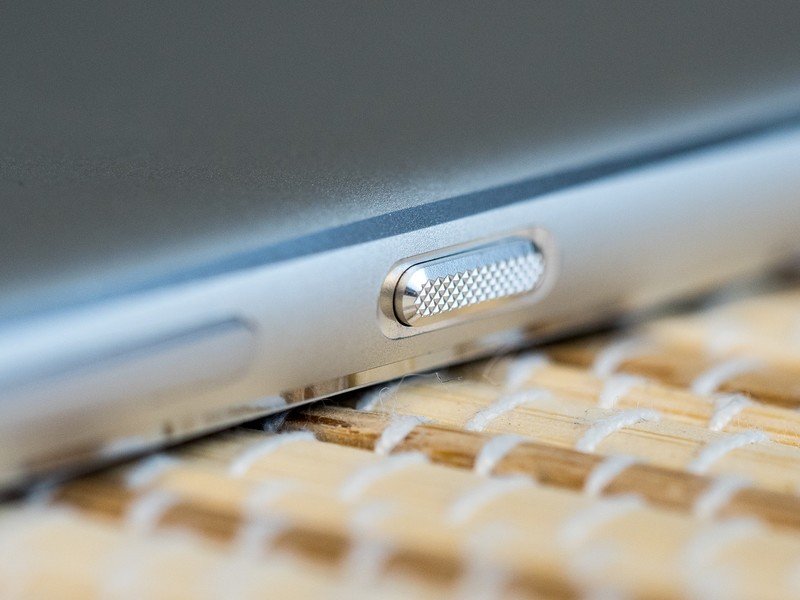
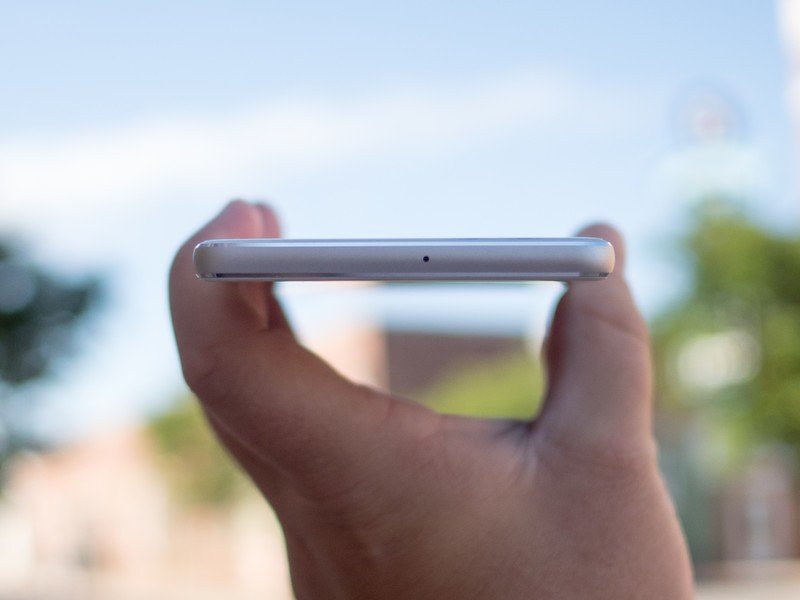
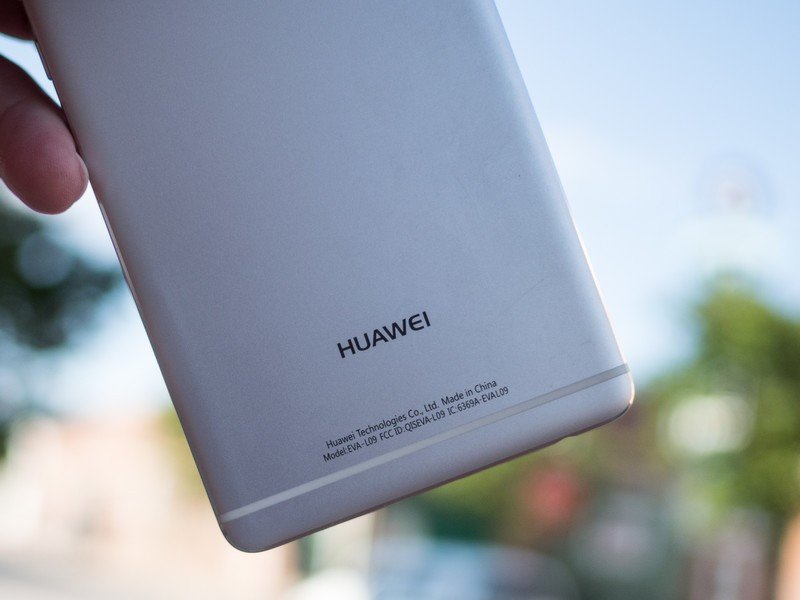
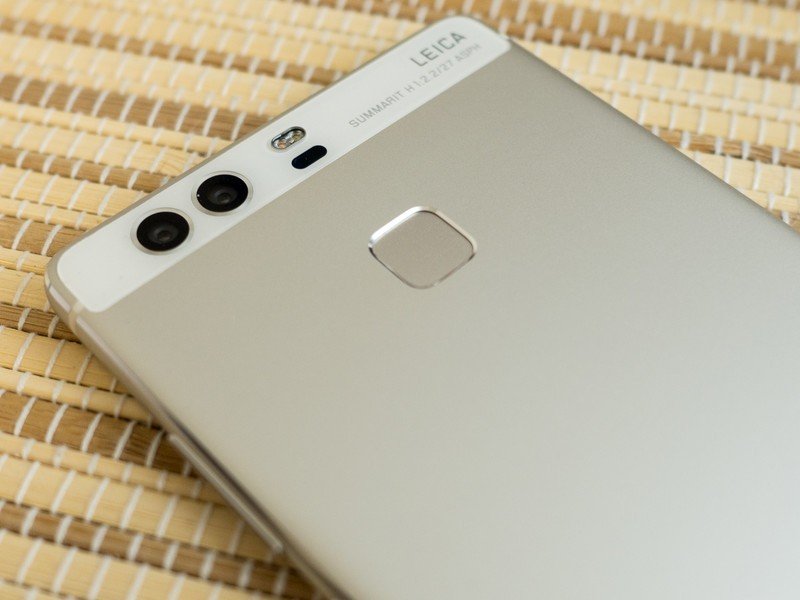
The P9 also is using the new USB-C port. The SIM card tray doubles as the microSD card slot, which is useful for augmenting the 32 gigabytes of internal storage. It's perfectly milled into the phone, too — something that too often isn't 100% nailed on a lot of phones.
Where things get more interesting is on the back. Two cameras — one monochrome, the other full color — outputting 12-megapixel images. They work together as well — and you end up with some really good pictures because of it. Indoors, outdoors, low light — straight into the sun — you name it. This camera does most things really well.
- 5.2-inch IPS LCD
- 2.5D glass
- 1920x1080 resolution (423ppi)
- Dual 12MP (color & monochrome), ƒ/2.2 lens, Leica certified
- 8MP front camera
- 3000mAh capacity
- Non-removable
- Huawei Kirin 955
- Quad-core 2.5GHz
- 3GB or 4GB RAM
- 32 or 64GB internal storage
- microSD slot
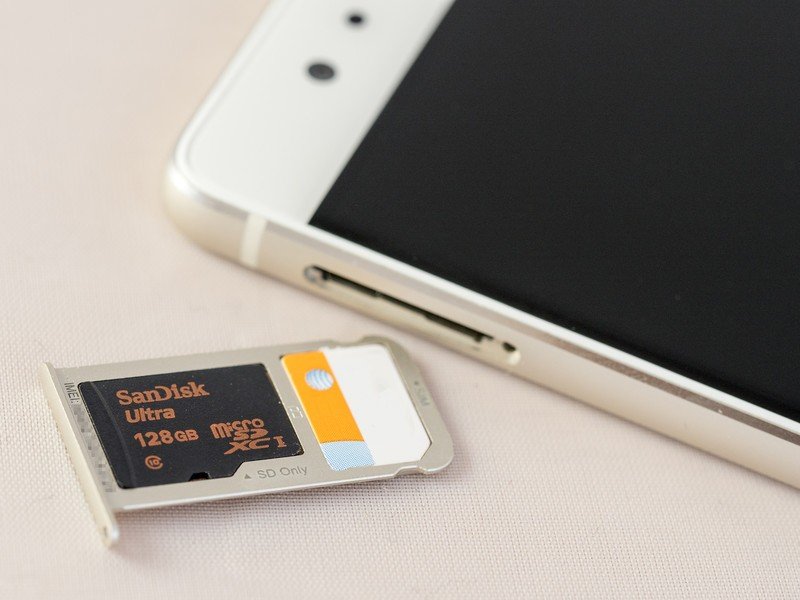
Storage, processor and battery
As you can see from the specs, there are a couple versions of the P9 floating around out there. We've got the one with 32 gigabytes of storage and 3GB of RAM. We've got about 25 gigabytes to use for apps and pics and stuff. (And after a couple weeks we're down to 16GB of that still free.)
You can (and probably should), of course, slot in a microSD card. We've been using a 128GB card without issue. Like a number of other manufacturers, Huawei is not using Adoptable Storage, so you'll be able to stick the card in a computer or another phone to move things around as you please.
Kirin 955 builds on the strengths of the 950, but 4GB of RAM should be standard.
The 3 gigabytes of RAM is really the only questionable hardware decision for us at this point. While Huawei's software is extremely aggressive about memory management — and the Huawei Mate 8 with the Kirin 950 processor was pretty darn smooth — we've been running into a little bit of lag with the P9. Maybe not quite enough to sound the alarm at, but there have have been too many times where apps are a little slow to load (especially the camera), and we have to wonder if 3GB of RAM is enough for EMUI 4.1.
Otherwise, we've not got any real complaints about the newer Kirin 955 processor, which has been updated with a number of tweaks for the dual camera.
As far as battery life goes, it's pretty much same as it ever was. A 3,000 mAh capacity is pretty standard at this point, and it's good for pretty much a full day's use. More time spent on LTE will chew away at that, of course. But if you're on good Wi-Fi, you shouldn't have a problem getting from sunup to sundown.
You will, however, miss out on quick charging. Huawei's included charger (we got a European brick, so we're talking theoretically here) does things at 5V at ~2A. Not exactly a trickle charge, but not the new (and disputed) hotness.
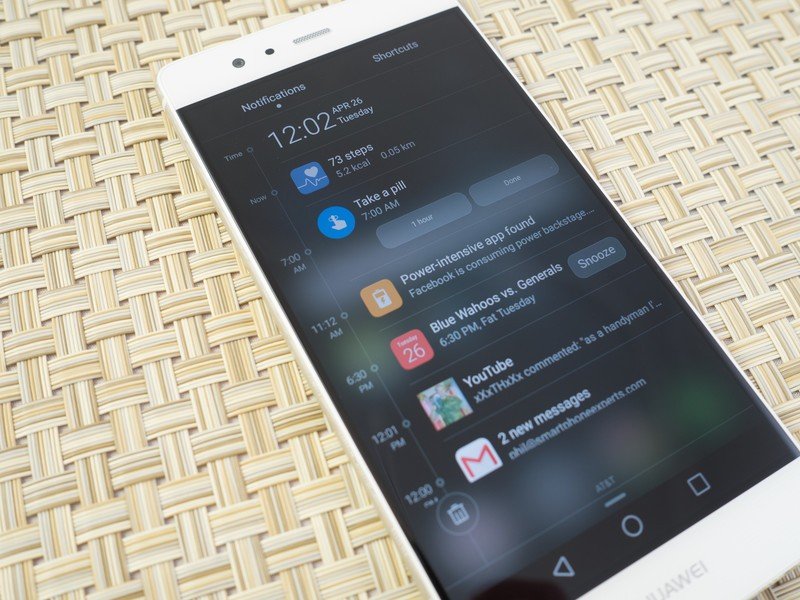
Best EMUI yet
Huawei P9 Software
It's time to stop turning your nose up at Huawei's EMUI software. There are a ton of features (some new, some still hanging around) in EMUI 4.1. The launcher (that is to say the user interface) is so full of options, in fact, that you could spend a couple of weeks with it — which we have — and still find something new, which we are.
The number of features here can be intimidating, but they're also as powerful as any other launcher.
Loads of lock-screen options. Plenty of ways to arrange your home screens and place widgets. Multi-page folders. Even an entire section dedicated to apps you want to hide from the main view. And while it's cool these days to complain about the lack of and app drawer, the simple fact is that this is the best version of EMUI we've used. If you can't make it work for you, that's not the phone's fault. It DOES take a little extra work to move things around — and you absolutely should move things around. But I've forced myself to not run to my usual launcher, and EMUI is serving me just fine. But if you don't like what Huawei's doing here, you can switch to your favorite launcher just fine.
Notifications look different — and the icons are so small in the nav at the top of the screen they might as well not be there. But all in all this a very useable user interface. It just looks different than what you're used to.
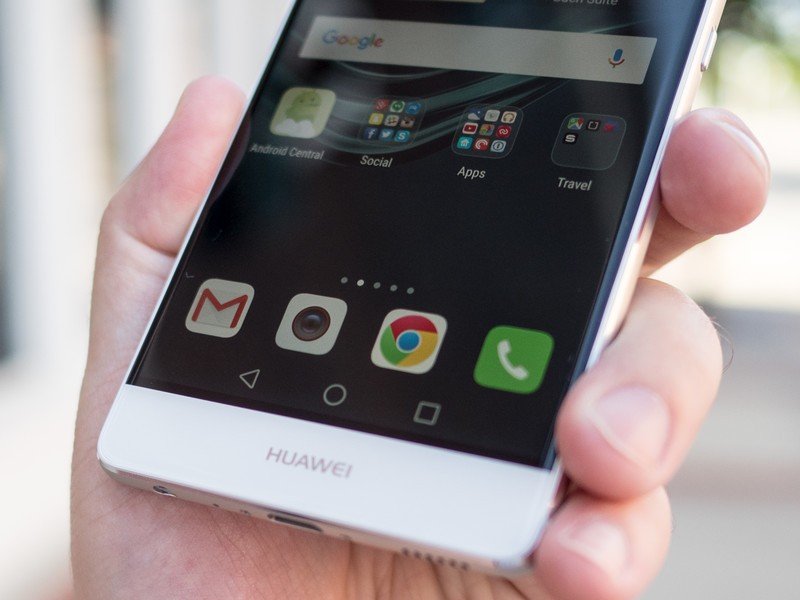
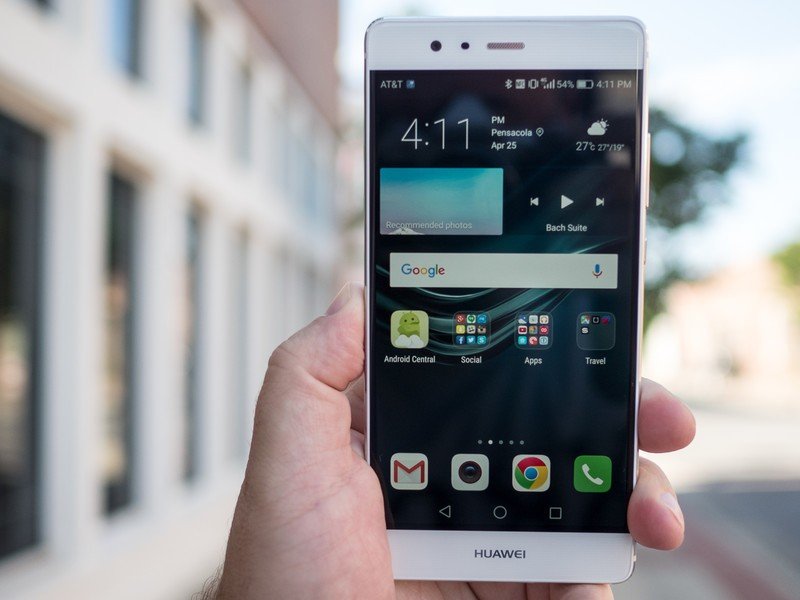
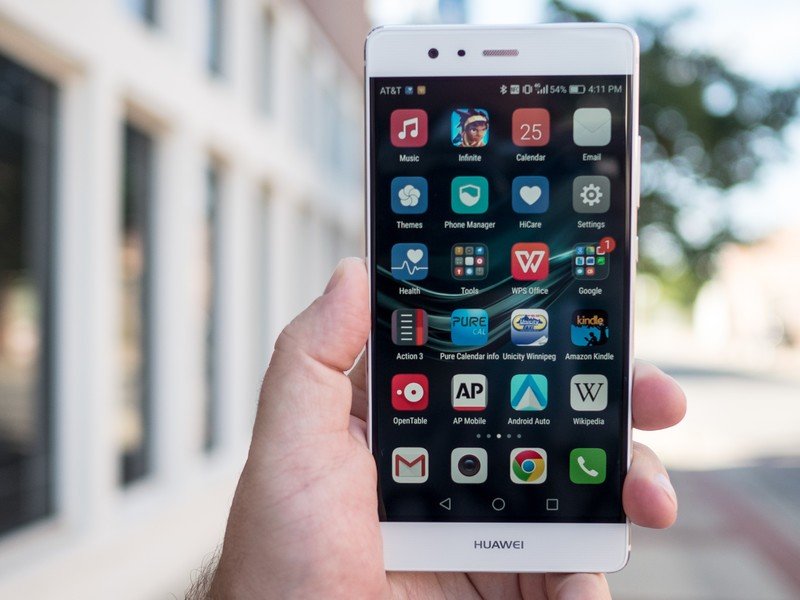
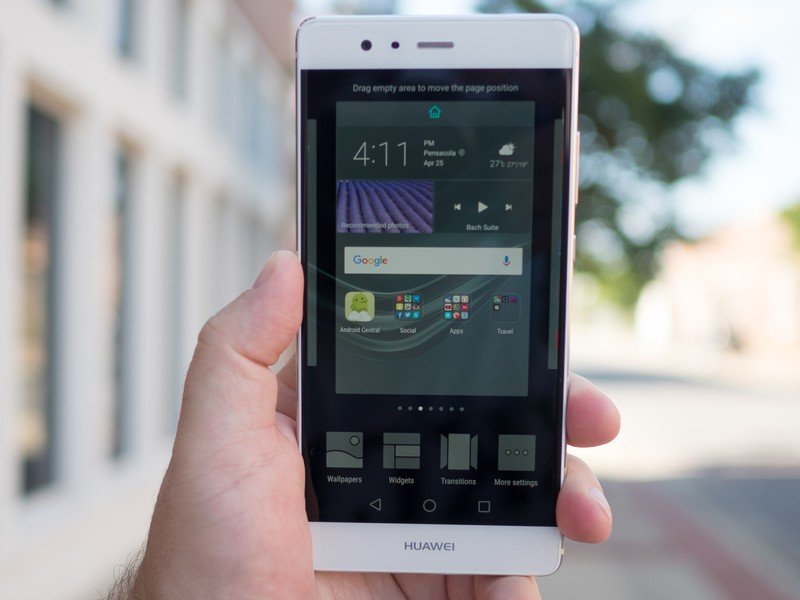
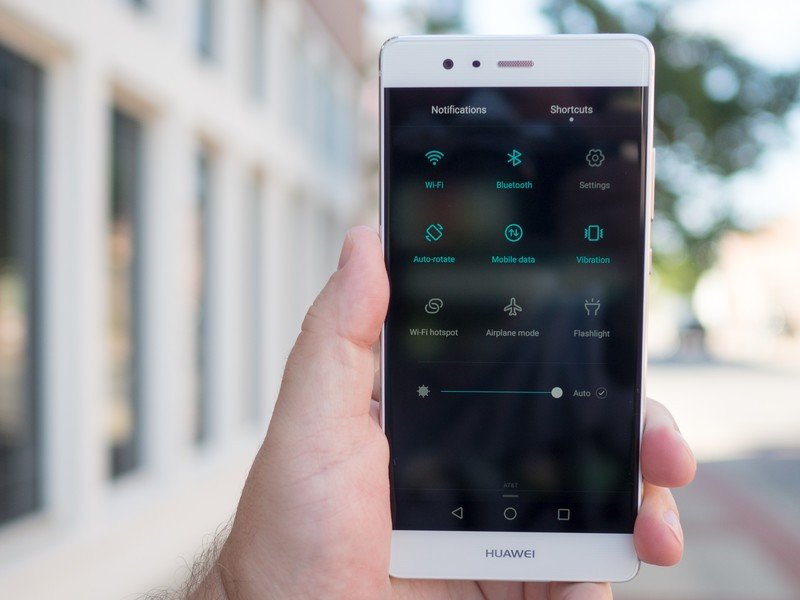
Huawei still has a "Phone Manager" app that gives easy access to, well, phone management options. There's system optimization, which attempts to clean up memory and empty out other files you might not need anymore. We generally let Android just do all this on its own. But if it makes you feel better, you can use it. Huawei's overly aggressive power consumption tool is here as well. And it's as annoying as ever. And just do yourself a favor and don't bother with the Swype-based keyboard.
There's a traffic manager so you can see what apps are using data — and when they're using data. There's a "harassment filter" for blocking unwanted calls and messages. You've got quick access to the battery manager, and its three power management plans, and an option for lowering the screen resolution even further to 720p. And you can lock individual apps behind a password or your fingerprint — which is something we want to see on every phone at this point.
So, yeah. There's a ton of stuff on the P9.
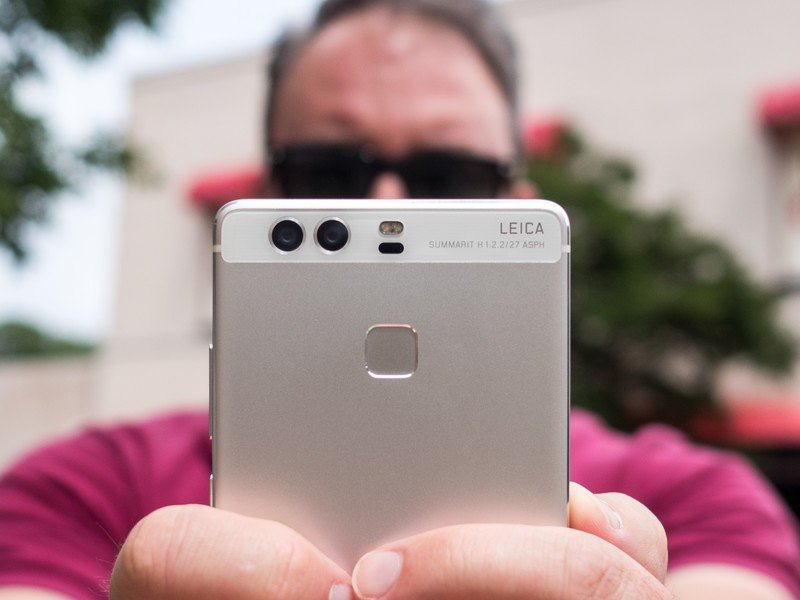
Two lenses, no waiting
Huawei P9 Cameras
There's a ton of stuff going on with the cameras, too. Again, we're talking about dual f/2.2 lenses on the back that feed into 12-megapixel sensors with 1.76-micron-equivalent pixels. (The real physical pixel size is 1.25 microns.) So not the widest aperture or the largest pixel size we've seen, but that's pretty decent. The real power of this camera is in the processing, and in the camera app itself.
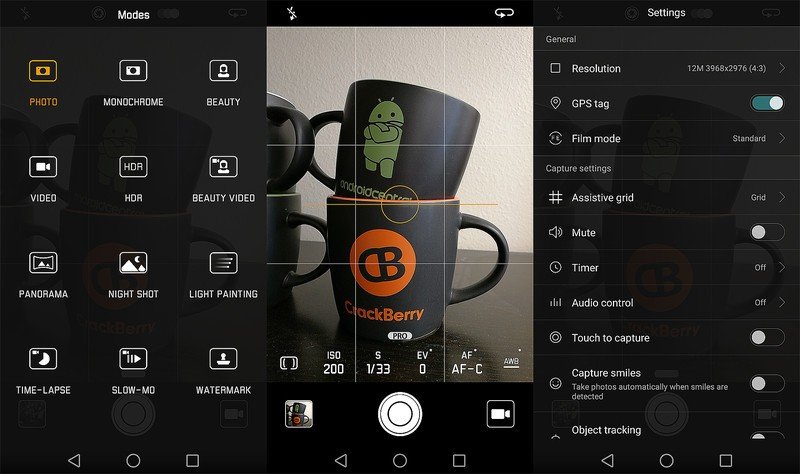
It's all kinds of busy — pretty much any feature you could hope for is baked in here. A swipe left gets you to 14 modes, including HDR, beauty, panoramas, light painting, time lapse, slow motion, watermarks, document reading, audio notes, night shots, video, black-and-white — you get the idea. A swipe the other direction gets you to the world of settings, including a bunch of film modes. Pull up from the bottom and you'll get full manual controls, including the option to shoot in RAW.
While the P9 is just fine in automatic mode — absolutely among the top cameras you can find in a smartphone — this is a pretty intimidating camera app. There is a LOT going on here.
Selfies look great, too, thanks to all that processing, and an 8-megapixel sensor. And they've still got that beauty mode the kids are into, if the real thing just doesn't do it for you.
One word you might have noticed we've kept from saying so far is "Leica," which has lent its name to the camera system in the P9. It's really not any more than a branding thing, and that's not uncommon for smartphone features. You see it all the time with audio in a phone — it's just that with Leica you usually expect some sort of hardware tie-in. With the P9 it's more of a "certification" thing.
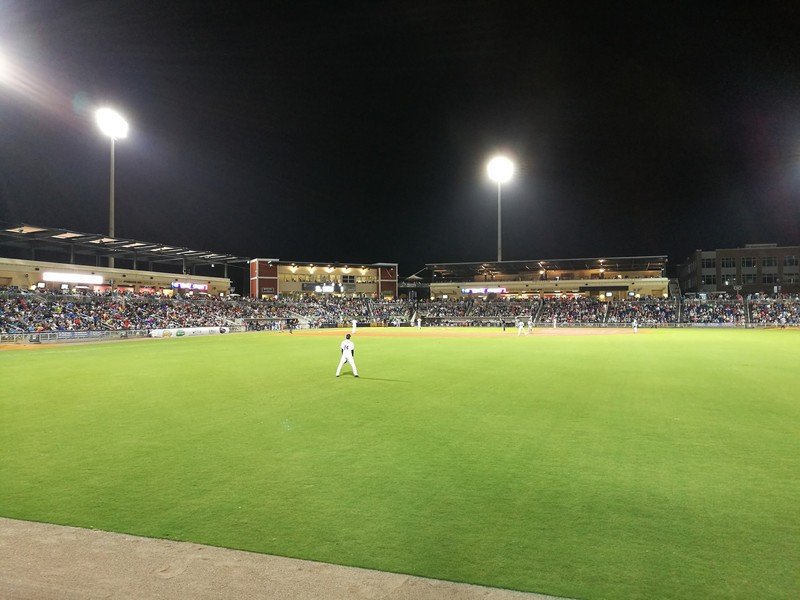
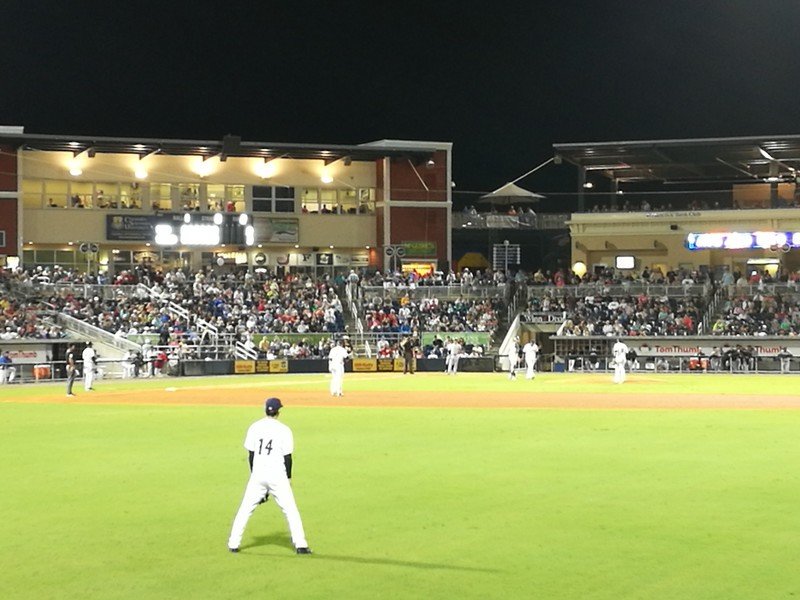
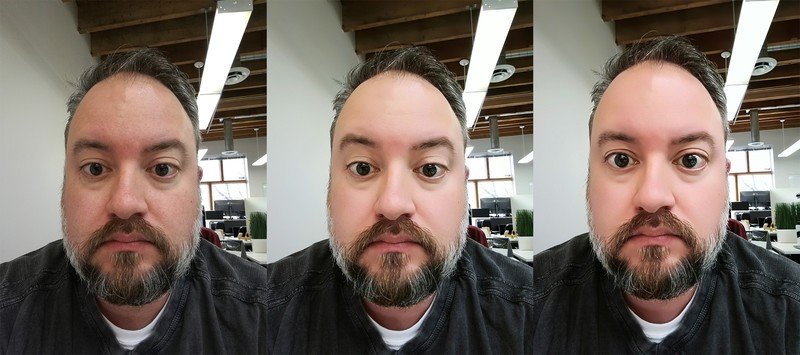


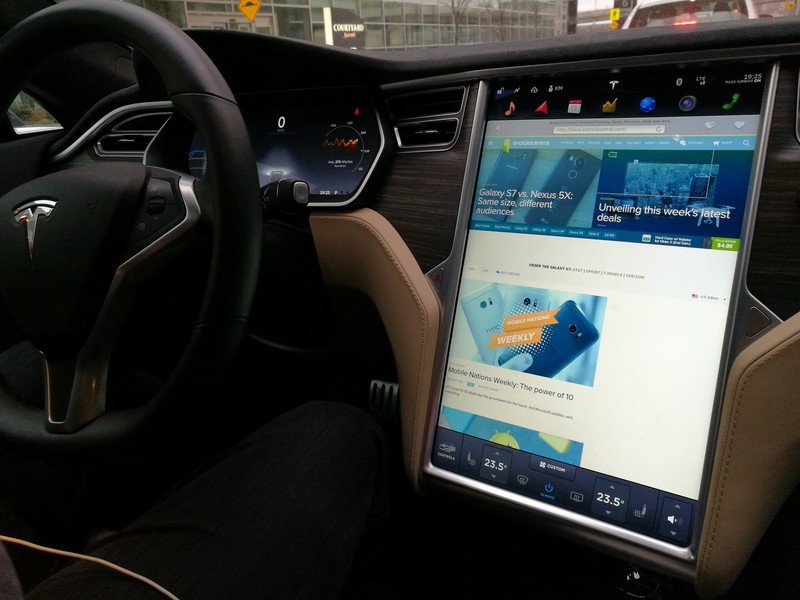
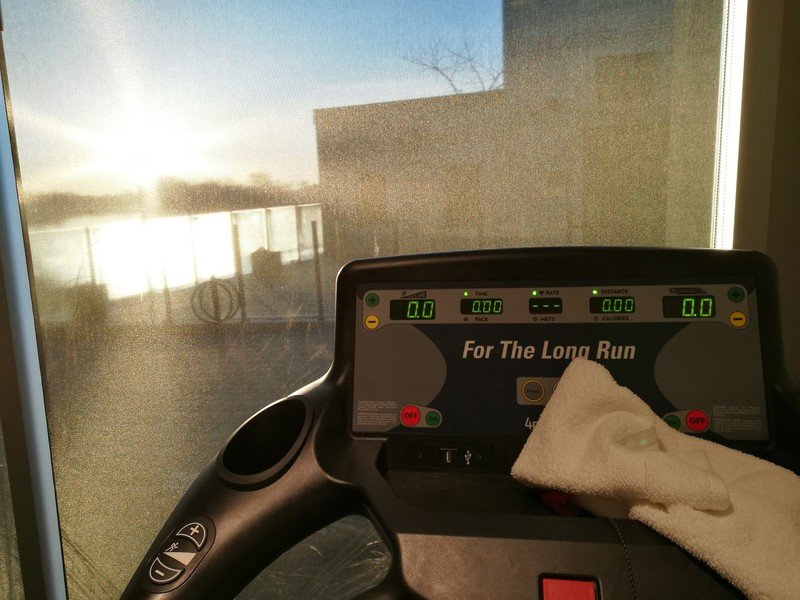

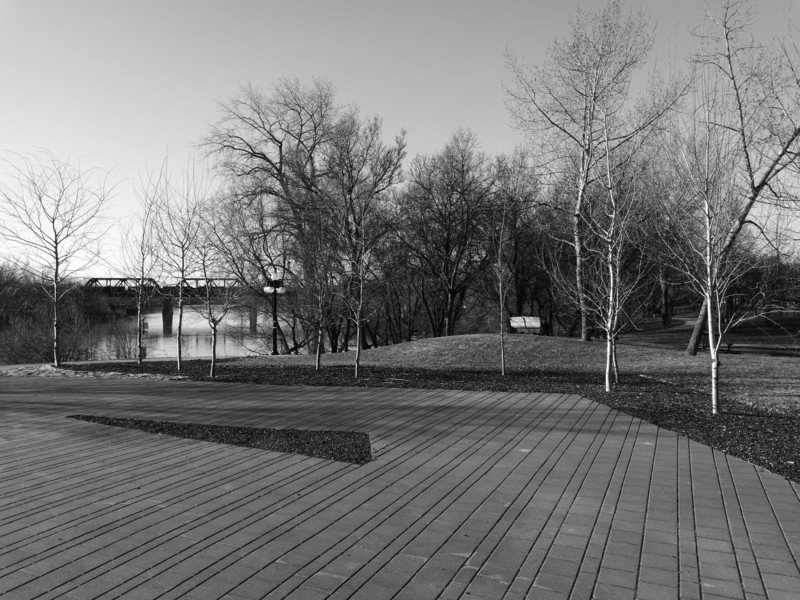



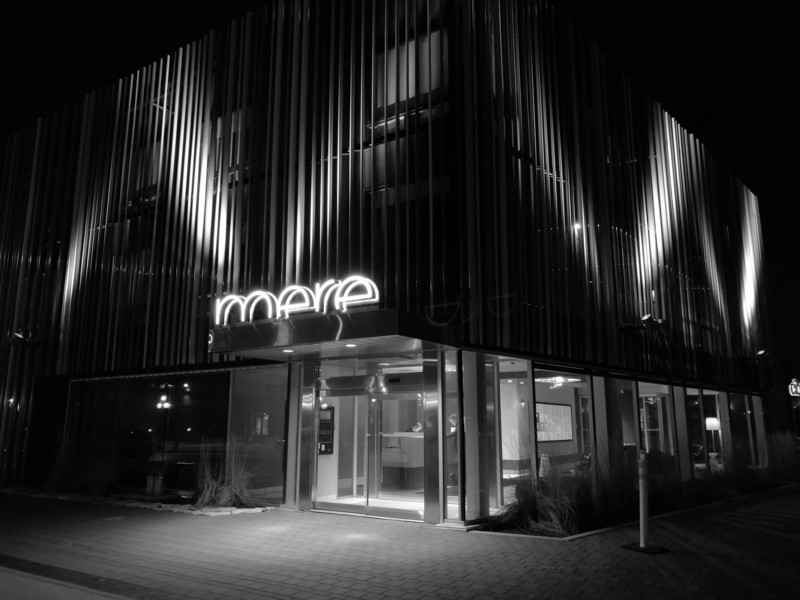






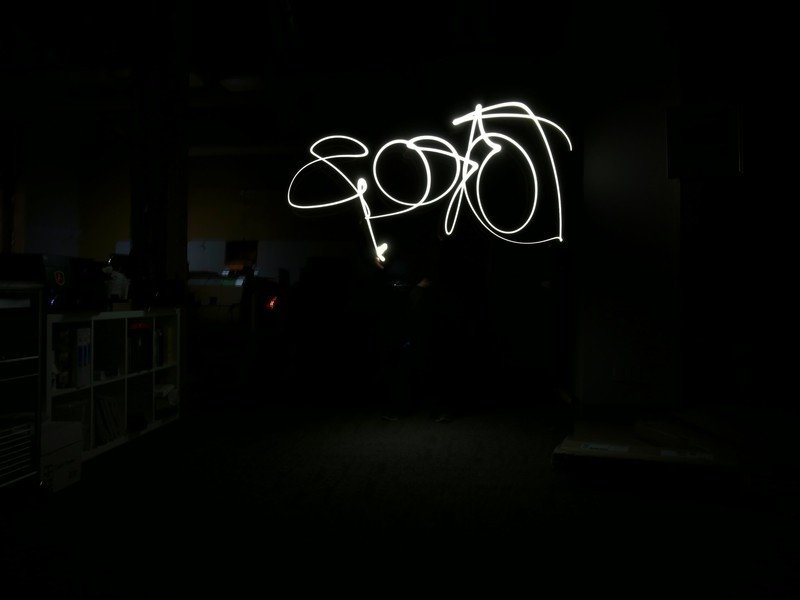





The end result? Some pretty good pictures. I'm not really a fan of all the film modes Huawei included here. (Other manufacturers have been doing that as well.) And I'd prefer to switch the top-level macro button for HDR, as the aperture control is really aggressive and looks over-processed, like what we'd get from the single-lens cameras through software a few years ago. (As in the out-of-focus parts are really out of focus.)
At the end of the day this is still a smartphone camera. But it's still a REALLY good one, with tons of options.
And same goes for video. The P9 tops out at 1080p and doesn't shoot in 4K, but that's probably just fine for 90% of the population. You still get manual controls, and top-level access to all those film filters. What you do really miss out on is optical image stabilization, and the microphone was pretty quickly overwhelmed by wind noise.
So you can shoot video, and it's decent. But not fantastic.
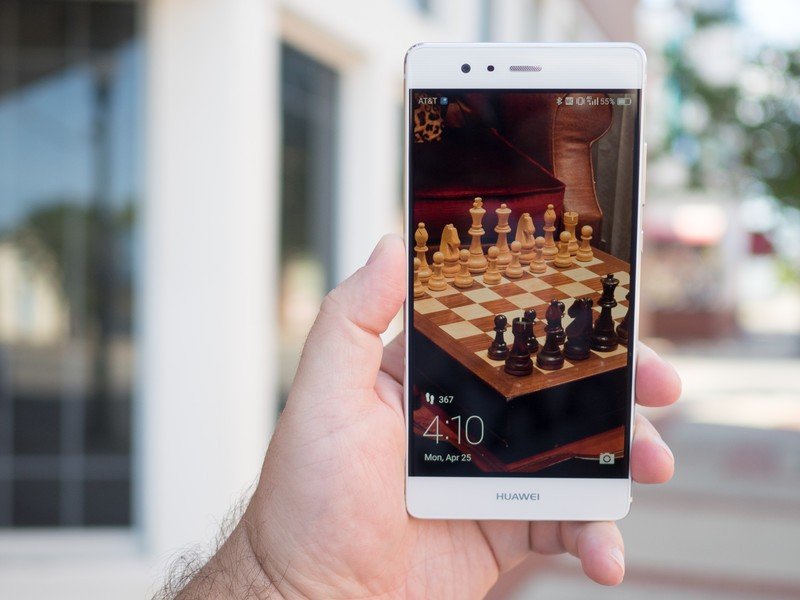
The bottom line ...
Should you buy it? Maybe
There's a lot to like the Huawei P9. And it's probably the company's most finished phone, too. (That's aside from the Nexus 6P — which while very much a Huawei product sort of doesn't count in that context.)
This is the best mainstream phone Huawei has made.
The biggest problem for us at this point is availability, and price. You still can't get phones running Huawei's own Kirin processor in the United States. While the P9 is launching in a whole bunch of other countries, it's not necessarily cheap there — the retail price starts at €599 Euros (about $680 U.S. dollars) for the 32-gigabyte storage option, and ramping up to €649 Euros ($737 U.S. dollars) for the 64-gigabyte option with 4 gigs of RAM. That's a lot of money (though price does vary some depending on your country) and it puts the P9 in the same range as the Galaxy S7 or a top-spec'd iPhone — which is exactly the league Huawei wants to play in.
And you know what? The P9 holds its own. It's different. It's maybe a little overpowering, with all those options in the UI and in the camera app. But the end result is a very useable phone and an excellent camera setup.
And it's an excellent effort from Huawei.
Where to buy the Huawei P9
If the Huawei P9 sounds like the phone for you, and you'd like to check out its pricing, hit up the retailers below.
See at CPW See at Vmall{.shop .cta} See at O2 See at Vodafone
